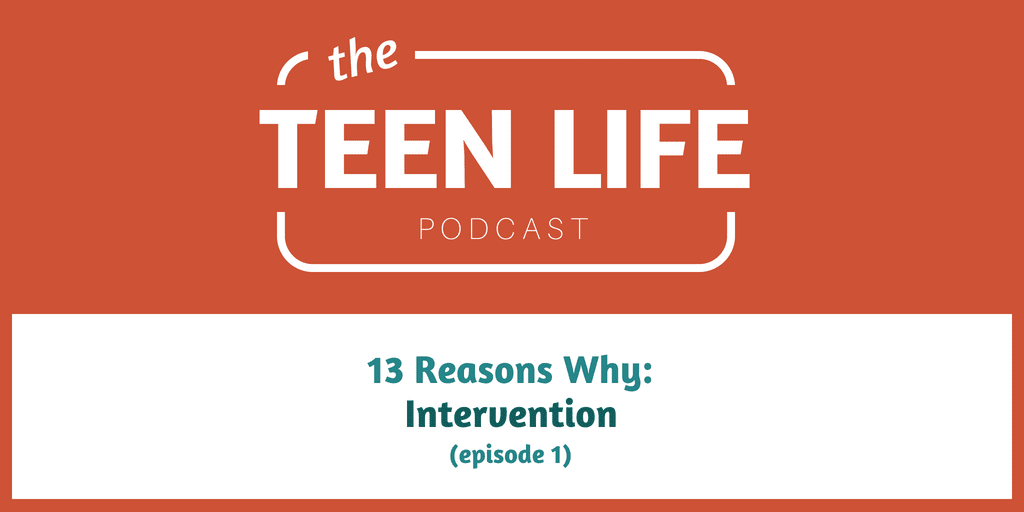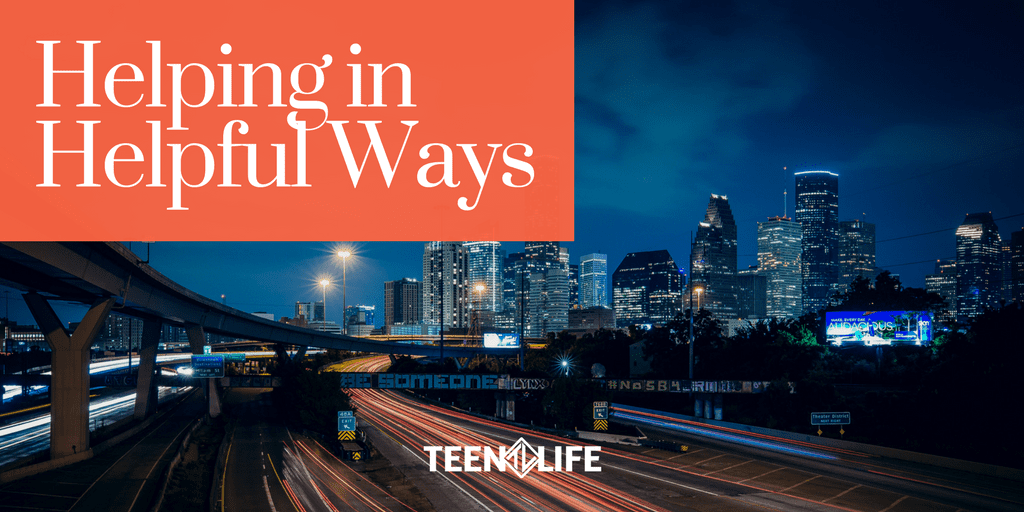
13 Reasons Why: Intervention
Podcast: Play in new window | Download
In this episode, the Teen Life staff will briefly introduce 13 Reasons Why and then dive into the topic of intervention and how it is shown in the hit Netflix series. Chris, Karlie, and Beth discuss intervention in the midst of school shootings, self-harm, substance abuse, suicide, and more. You’ll find resources for teens and adults and some ways to start this conversation with the teen in your life.
How do you know if someone is hurting? Listen to this episode for signs to look out for and some listening skills so you won’t miss them. Join the discussion as we talk about the importance of intervention in the lives of teenagers.

Listen & Subscribe: iTunes | Google Play | RSS
- Netflix Series: 13 Reasons Why and Beyond the Reasons
- Book: Thirteen Reasons Why
- Website: 13 Reasons Why Resources
- Teen Life Podcasts:
- Suicide Resources:
- National Suicide Crisis Line: 1-800-273-8255
- Crisis Text Line: Text HOME to 741741
- Website: teenlifepodcast.com
- Music: Under the Chandeliers
Have a question?

Karlie Duke
Communications Director

Chris Robey
Former CEO

Beth Nichols
Social Worker, LCSW, Case Management
Karlie Duke | Director of Communications
Karlie has always had a heart for teenagers. Through her role at Teen Life, she loves to showcase the amazing stories coming out of Support Groups, but she is especially passionate about helping adults and teenagers find connection. Karlie has a BS in Communications with a minor in Family Studies from Abilene Christian University.
Chris Robey | Former CEO
Chris has spent most of his career empowering teenagers from all backgrounds. As the former leader of Teen Life, he is passionate about helping students make good choices while also giving adults the tools they need to communicate more effectively with teens. Chris is a graduate of Midwestern State University and holds a Master’s Degree in Family Life Education from Lubbock Christian University.
Beth Nichols | Social Worker, LCSW, Case Management
Beth Nichols graduated in 2003 with a degree in Social Work from Abilene Christian University. She completed her Masters Degree, also in Social Work, from the University of Tennessee in 2004. She believes teens are learning to navigate the world in a unique way, and loves having the opportunity to work with students and their families.



